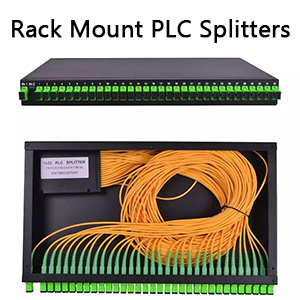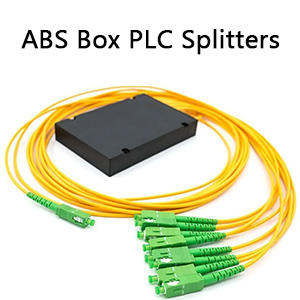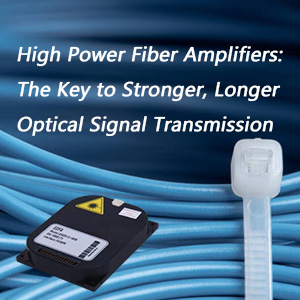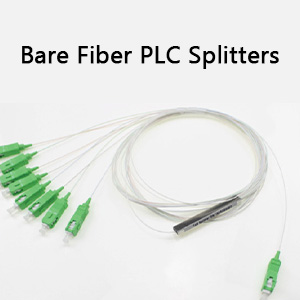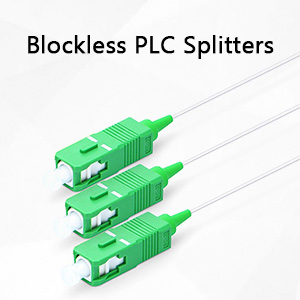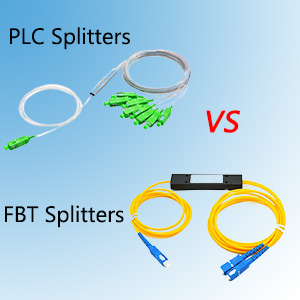In the intricate world of fiber optics, “PM Optical Attenuators” are indispensable devices that regulate light power levels, particularly in applications involving polarized light. With a multitude of options available, discerning the nuances between these devices is paramount for optimizing network performance. This article provides an in-depth look at the distinctions among various PM optical attenuators, criteria for selecting the appropriate one, and their prevalence across different applications.
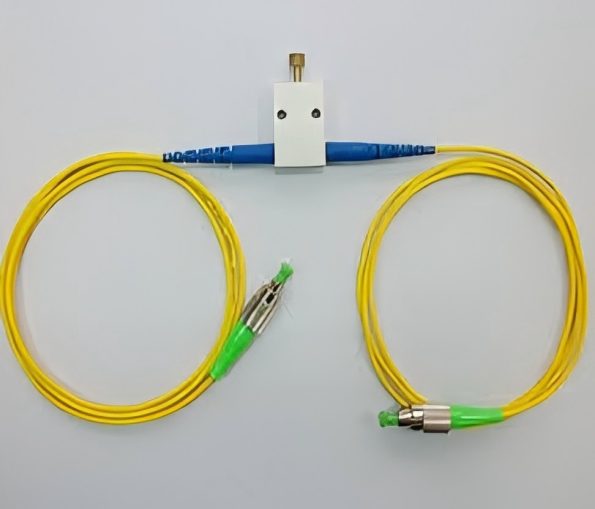
What Are PM Optical Attenuators?
PM Optical Attenuators are specialized devices designed to attenuate optical signals in fiber optic systems while preserving the polarization of the light. This feature is critical in applications that utilize polarization-maintaining fibers. These devices are essential for keeping optical signals within the optimal range, thereby preventing equipment damage and ensuring high-quality signal transmission.
Types of PM Optical Attenuators
- Fixed Attenuators: These provide a consistent level of attenuation and are straightforward to implement. They are well-suited for applications requiring stable signal power management without the need for adjustments.
- Variable Attenuators: Offering the ability to adjust attenuation levels as needed, these attenuators are ideal for dynamic environments where signal conditions are subject to frequent changes.
- Integration with Other Components: Some PM Optical Attenuators can be integrated with other optical devices, such as switches or amplifiers, enhancing the functionality of fiber optic networks and streamlining system design.
How to Choose the Right PM Optical Attenuator
When selecting a PM Optical Attenuator, consider the following factors:
- Attenuation Range: Different applications necessitate varying levels of attenuation. It is crucial to determine the required range before making a selection.
- Wavelength Compatibility: Ensure that the attenuator is compatible with the wavelengths utilized in your specific application to avoid inefficient performance.
- Polarization Maintenance: Given that PM Optical Attenuators are often employed in polarized light systems, verify that the device maintains polarization effectively across its operational range.
- Size and Integration: The attenuator’s size may be a critical factor depending on your system’s configuration. Assess whether it fits within your existing infrastructure and can be integrated with other optical components.
Popularity and Applications
PM Optical Attenuators are extensively utilized in a variety of applications, including telecommunications, fiber optic sensing, and data centers. Their capacity to manage signal levels while preserving polarization renders them indispensable in scenarios involving high-speed data transmission.
- Telecommunications: In telecom networks, preserving signal integrity is crucial. PM Optical Attenuators aid in preventing signal saturation and ensuring consistent performance over long distances.
- Fiber Optic Sensors: These attenuators are frequently employed in sensor applications where precise signal management is essential for accurate measurements.
- Data Centers: In data centers, where high-speed connections are the norm, the need for efficient signal management is critical. PM Optical Attenuators enhance the overall reliability of these systems.
Conclusion
Comprehending the differences among various PM Optical Attenuators and knowing how to select the appropriate one can significantly influence the performance of fiber optic networks. These devices play a pivotal role in managing signal power and preserving polarization, making them invaluable across a spectrum of applications. As technology advances, the demand for PM Optical Attenuators is likely to increase, cementing their position in the fiber optics domain. Whether you are operating in telecommunications, data centers, or sensor technology, investing in the right PM Optical Attenuators will ensure optimal performance and longevity for your fiber optic systems.

